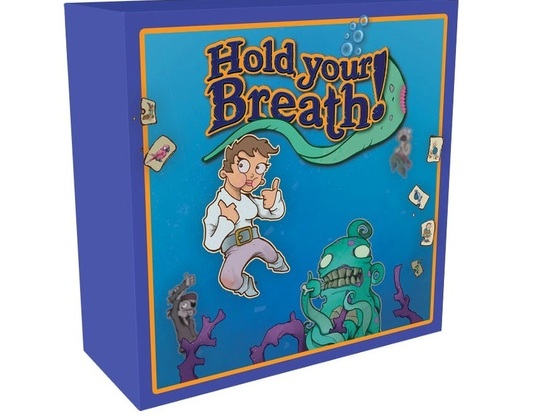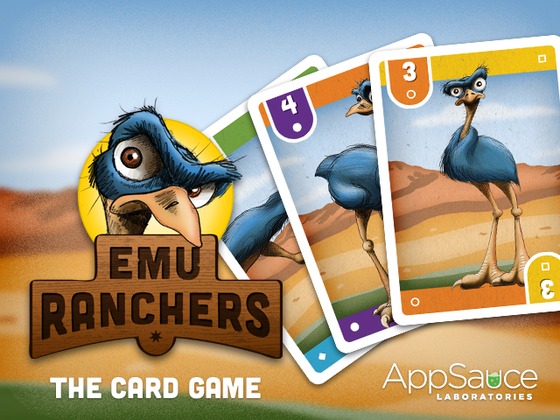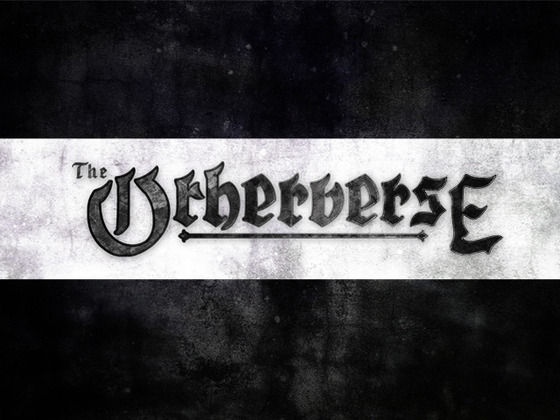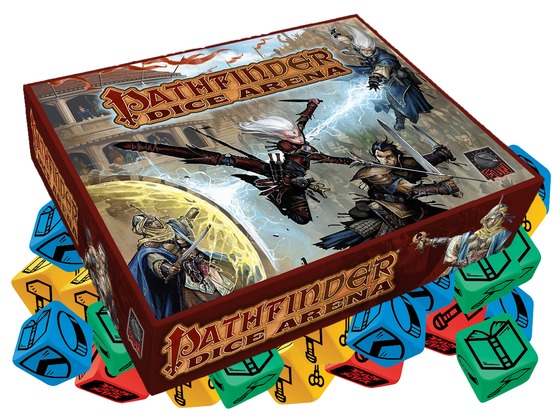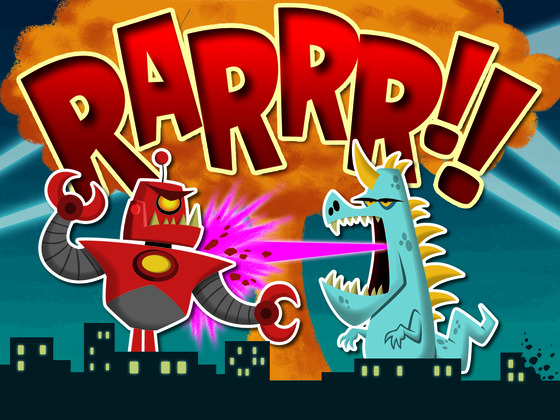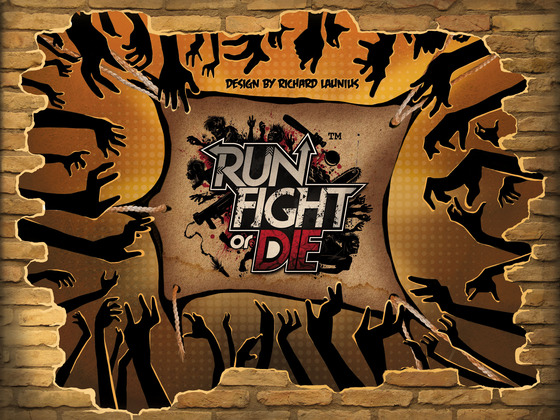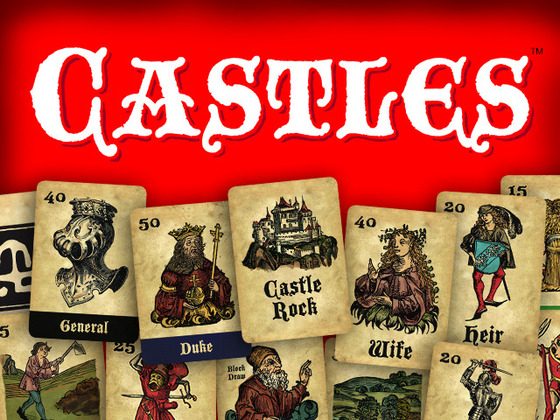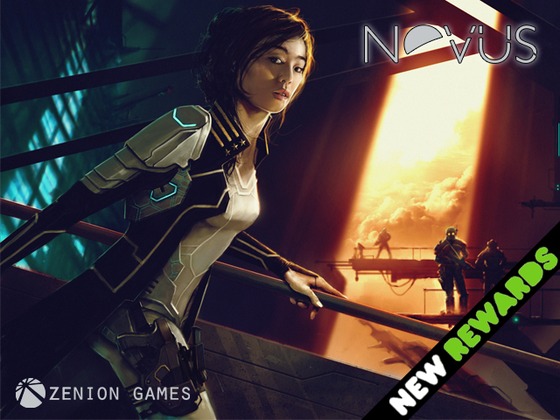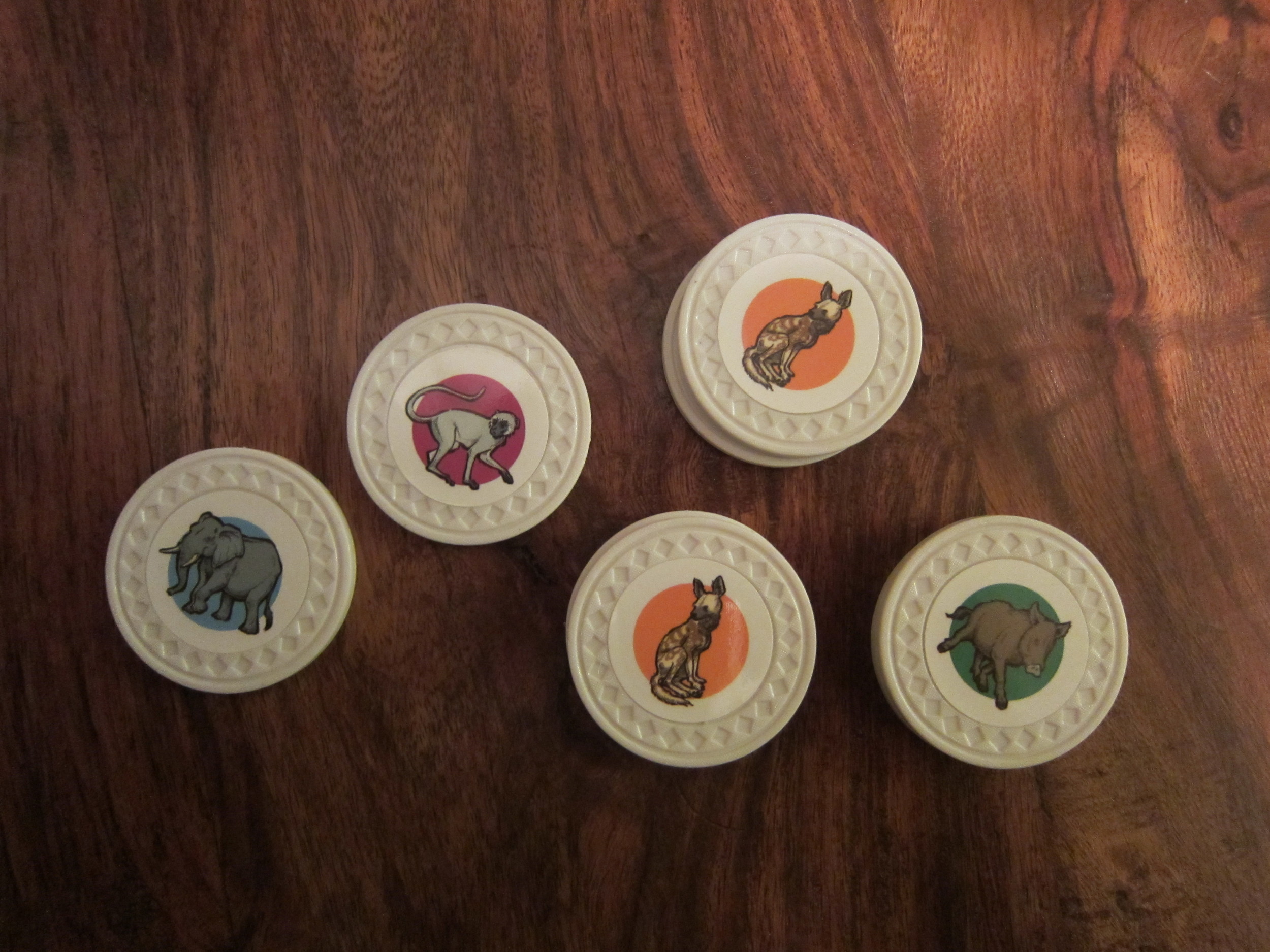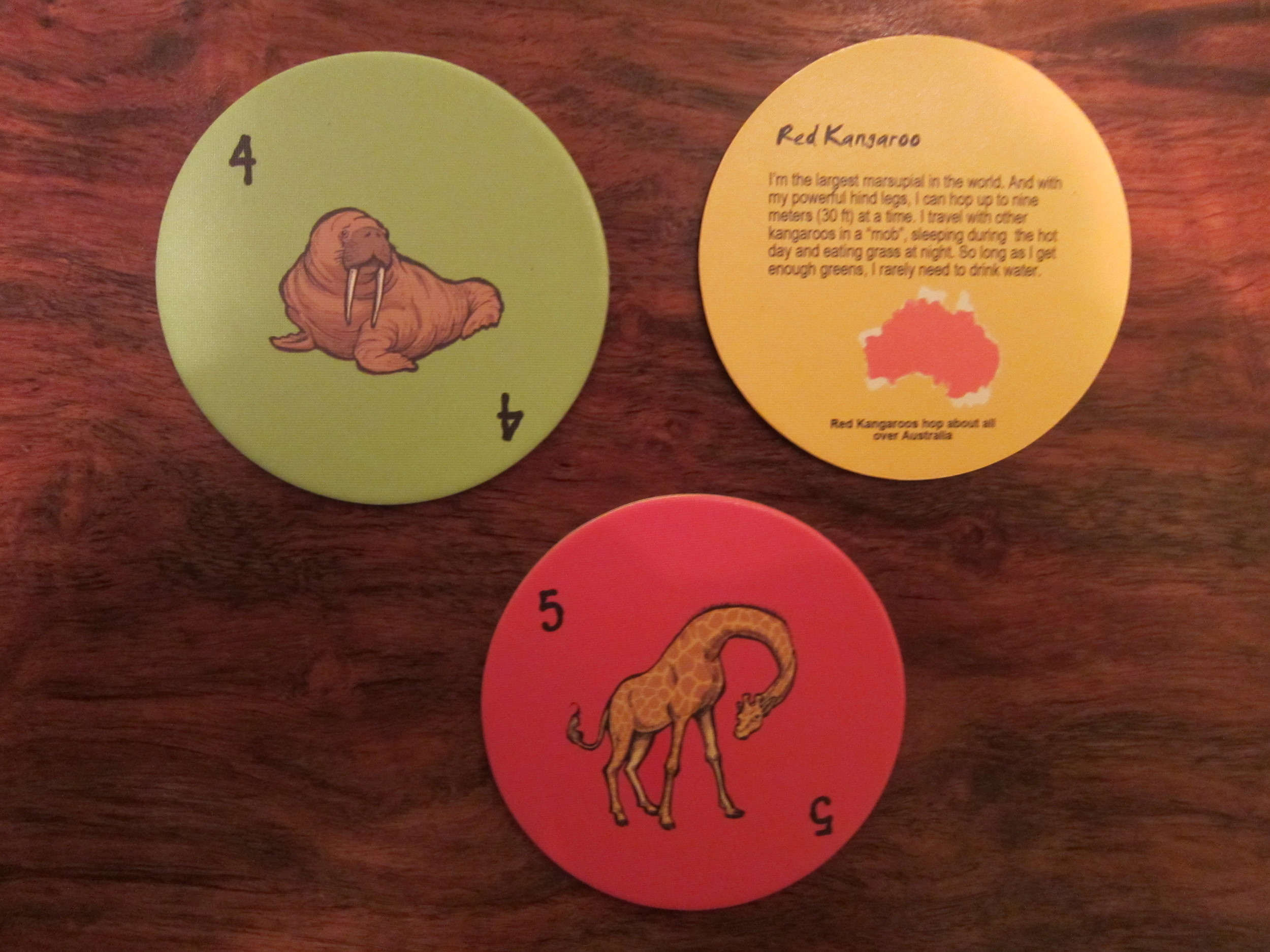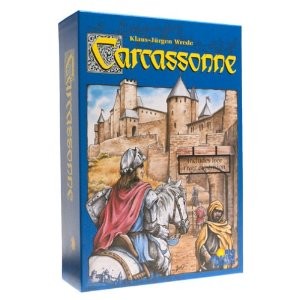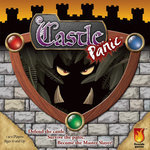 “Don’t panic.” It’s a phrase made famous by British science fiction writer Douglas Adams in his Hitchhiker’s Guide to the Galaxy series. Fellow writer Arthur C. Clarke said that advice is perhaps the best that could be given to humanity.
“Don’t panic.” It’s a phrase made famous by British science fiction writer Douglas Adams in his Hitchhiker’s Guide to the Galaxy series. Fellow writer Arthur C. Clarke said that advice is perhaps the best that could be given to humanity.
Apparently Douglas Adams never had a Troll ready to take out the last piece of his castle, because that’s a perfect time to panic!
Castle Panic is a cooperative game for 1-6 players. Your castle is being attacked from all sides by hordes of evil monsters. If they destroy all of the pieces of your castle, you lose; if you defeat all the monsters, you win.
Components
- 1 Gameboard—The board consists of a big circle that has a castle in the center and a forest all around, divided into six pie-shaped sections. One-third of the sections are blue, one-third green, and one-third red. And the whole “pie” is divided again into concentric circles with names such as Archer, Knight, and Swordsman. We’ll get into what that means later.
- 1 Rulebook—It’s full-color and well organized. It helps that at its core the game is fairly simple.
- 49 Castle Cards—The cards aren’t the best quality; you might want to sleeve them to prolong their life.
- 49 Monster Tokens—Simple, sturdy, and functional.
- 6 Walls
- 6 Towers
- 1 Tar Token
- 2 Fortify Tokens
- 6 Order of Play Cards
- 12 Plastic Stands—Unlike some games, these stands are pretty tight; we’ve had no problems with them not holding the pieces.
- 1 6-Sided Die
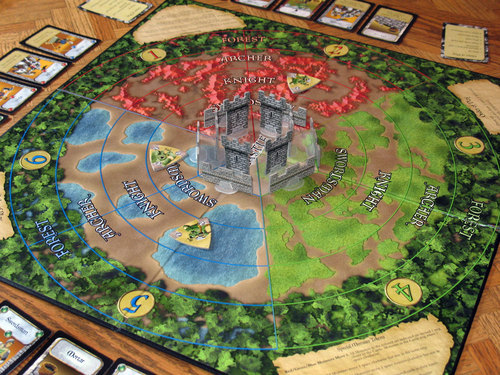 Gameplay
Gameplay
The board starts with a six monsters—one in the Archer ring of each of the six sections. Depending on the monster, they have 1-3 hit points (HPs). They always start at full strength, and if a monster takes a hit, you simply rotate it so the next lowest HP is facing toward the center. If it’s on its last HP, it’s dead! Yay! In the center of the board you build your castle—which means you put one Castle piece in each of the six pie sections. Just outside of that you place a Wall piece in front of each castle piece.
A turn consists of:
- Drawing up to your hand limit (this limit varies depending on the number of players).
- Discarding one card and drawing another to replace it (optional).
- Trading one card with one other player (also optional).
- Playing cards to kick some monster butt (hopefully).
- Moving all monsters on the board. (Each monster moves one concentric circle closer to the castle.)
- Drawing two more monster tokens. (This is where you draw a monster. Cry. Roll the die, and put the monster in the Forest circle of the numbered section that matches what you rolled. Cry again. Repeat.)
The card deck includes cards such as Green Knight, or Blue Swordsman. So if you play that card, you can hit one monster for one point if it’s in the Swordsman circle of the board. This is where trading becomes important, because your Red Archer card might not be useful to you on this turn, but when the monsters move at the end of your turn it’ll be really useful to the player on your left during her turn. So you can trade a card she’ll need next turn for a card you need this turn. You always have to look ahead in this game.
Most of the tiles in the Monster Pool are actual monsters, but there are a few other tiles, such as one where all monsters in a certain-colored section move forward one space (and since they’ve just done that already, this can really mess things up). Or one that reads, “All Monsters Move Clockwise,” which will totally screw up your best-laid plans, since that might cause a monster to be in a different-colored section now. Aaargh! Or one that tells you to draw three or four MORE monsters! Or a boulder that will roll through a section, helpfully killing monsters in its path—and unhelpfully destroying Walls and Castles, too.
There are other types of cards to help you in the fight. For instance, Hero cards in each of the colors that let you hit a monster at any level in that particular color. Or one that lets you put a Tar token on a monster to keep it from moving forward for one turn. Or one that lets you look through the discard pile and find the card you really need right now.
So what happens if a monster is on the innermost circle and it’s time to move him? More crying, that’s what! If there’s a wall there, the monster destroys the wall, stops moving, and takes one point of damage. (Yes, that might kill it.) If there’s no Wall there, it instead destroys a Castle section, stops moving, and takes one point of damage. If a monster is already in the very center section—where the castle is…er, was—and it’s time to move, it moves clockwise and destroys the next castle section, stops, and takes damage. This is bad because, while you can play one Brick and one Mortar card together to rebuild a Wall, you can never rebuild Castle pieces.
And there you have it. Each player runs through the above Turn Order until either all of the pieces of your Castle are destroyed, or all of the monsters on the board and in the Monster Pool are dead. The game suggests keeping track of which monsters each player defeats, and then declaring the person who clobbered the most monsters the Master Slayer and ultimate winner—assuming you win, of course. We always ignore that rule, though, and just all win or all lose.
Verdict
As cooperative games go, this one’s on the lighter end, strategically—the choices are a little more obvious than other co-op games. As such, I’ve never broken this out with my game group, but I do play it ALL THE TIME with my wife and kids. My oldest is 7 and he does just fine with it (even though the game suggests it’s for 10 and older). The 4-year-old is the designated monster draw-er and dice roller. I think this would work well with a youth group, too; co-op games are a great way to build camaraderie as you work toward a single goal…
It’s a game about monsters, and killing monsters. The killing is, of course, abstracted (you just remove the tile from the board), but if you’re sensitive to that, you’ll want to pass. There is an expansion out now (expect a review soon!), that features a Wizard’s Tower. So the use of magic is something to consider, too.
My kids adore this game, and it’s made for some super-exciting finishes—once we were down to a single Castle piece left on the board when we were able to pull out a win. If you’re looking for some non-competitive gaming fun, I highly recommend you start panicking as soon as possible. But don’t forget your towel…



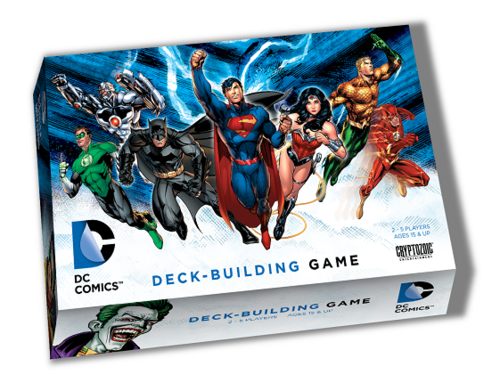 DC Comics Deck-Building Game—So deck-building games are a little bit...ya know...SUPER POPULAR!! But what kid wants to play Dominion and build Markets and Cellars? None that I know. The DC Comics Deckbuilding Game is the PERFECT game to teach kids about the basics of deck-building.
DC Comics Deck-Building Game—So deck-building games are a little bit...ya know...SUPER POPULAR!! But what kid wants to play Dominion and build Markets and Cellars? None that I know. The DC Comics Deckbuilding Game is the PERFECT game to teach kids about the basics of deck-building.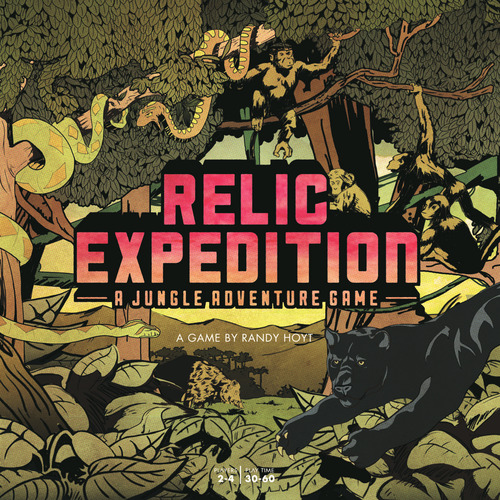 Relic Expedition—In this game you'll be exploring the jungle, looking for relics, managing the tools in your backpack, and trying to stay one step ahead of the dangers—which include snakes, panthers, boars, and monkeys. This is Foxtrot Games' first game, and they thoroughly impressed us with their out-of-the-gate offering.
Relic Expedition—In this game you'll be exploring the jungle, looking for relics, managing the tools in your backpack, and trying to stay one step ahead of the dangers—which include snakes, panthers, boars, and monkeys. This is Foxtrot Games' first game, and they thoroughly impressed us with their out-of-the-gate offering.
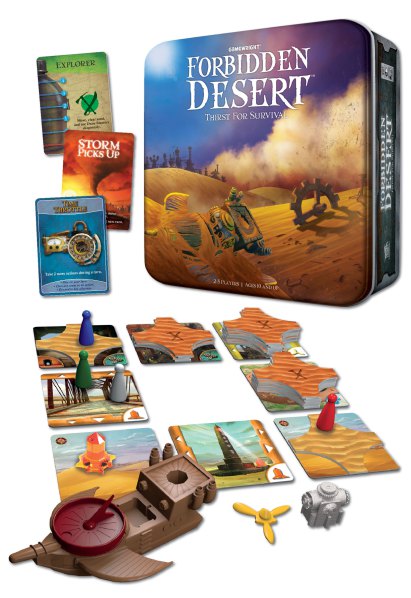 Forbidden Desert—If you’ve played Pandemic or Forbidden Island, then you’ll know just what to expect from Matt Leacock’s latest co-op game. But that’s not to say this is just like those. This has new and interesting gameplay mechanics—including deadly sand that will cover important tiles until you can dig them out. Look for our full review soon!
Forbidden Desert—If you’ve played Pandemic or Forbidden Island, then you’ll know just what to expect from Matt Leacock’s latest co-op game. But that’s not to say this is just like those. This has new and interesting gameplay mechanics—including deadly sand that will cover important tiles until you can dig them out. Look for our full review soon!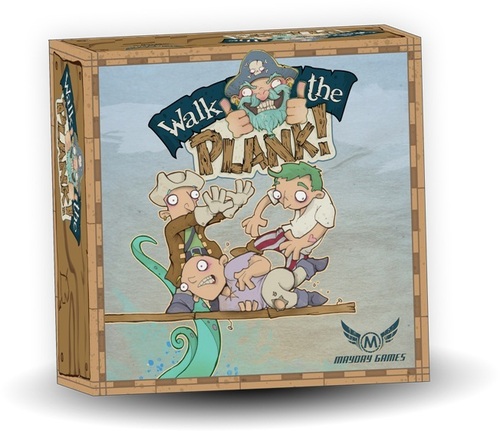 Walk The Plank—This is a fun little take-that game, designed by some friends of mine! (Firestone) You’re playing cards that will let you push, pull, and drag your opponents off the plank and into the briny sea. Lot of fun!
Walk The Plank—This is a fun little take-that game, designed by some friends of mine! (Firestone) You’re playing cards that will let you push, pull, and drag your opponents off the plank and into the briny sea. Lot of fun!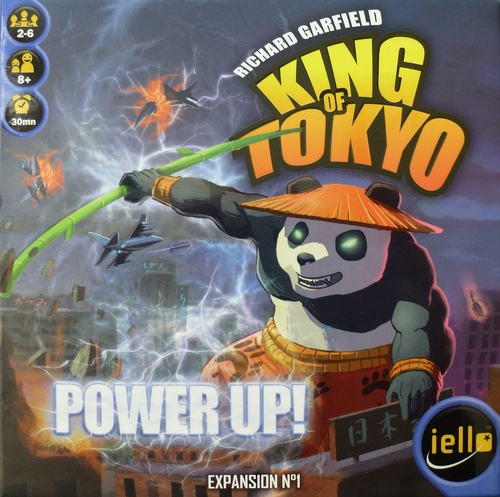 King Of Tokyo: Power Up!—This expansion for the terrific game King Of Tokyo adds one more character (the Pandakai!), but more importantly it adds Evolution cards, which are monster-specific special powers that increase the complexity a bit, but also increase the fun!
King Of Tokyo: Power Up!—This expansion for the terrific game King Of Tokyo adds one more character (the Pandakai!), but more importantly it adds Evolution cards, which are monster-specific special powers that increase the complexity a bit, but also increase the fun!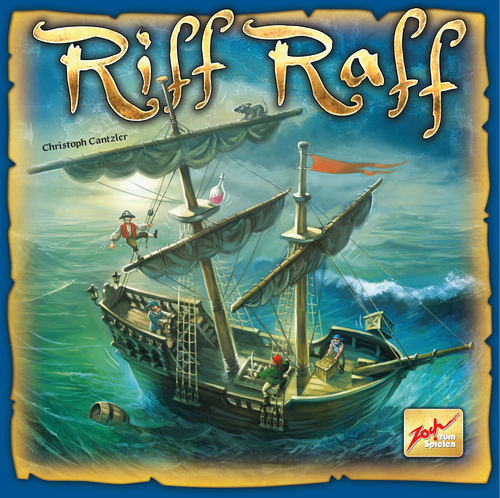 Riff Raff—This dexterity game has you putting pieces onto a swaying ship. It's ridiculously clever, and kids are naturally good at dexterity games, as they seem immune to the laws of physics—plus they're fearless in their placement! This one is a little tricky to track down—and expensive—but worth the effort.
Riff Raff—This dexterity game has you putting pieces onto a swaying ship. It's ridiculously clever, and kids are naturally good at dexterity games, as they seem immune to the laws of physics—plus they're fearless in their placement! This one is a little tricky to track down—and expensive—but worth the effort.



